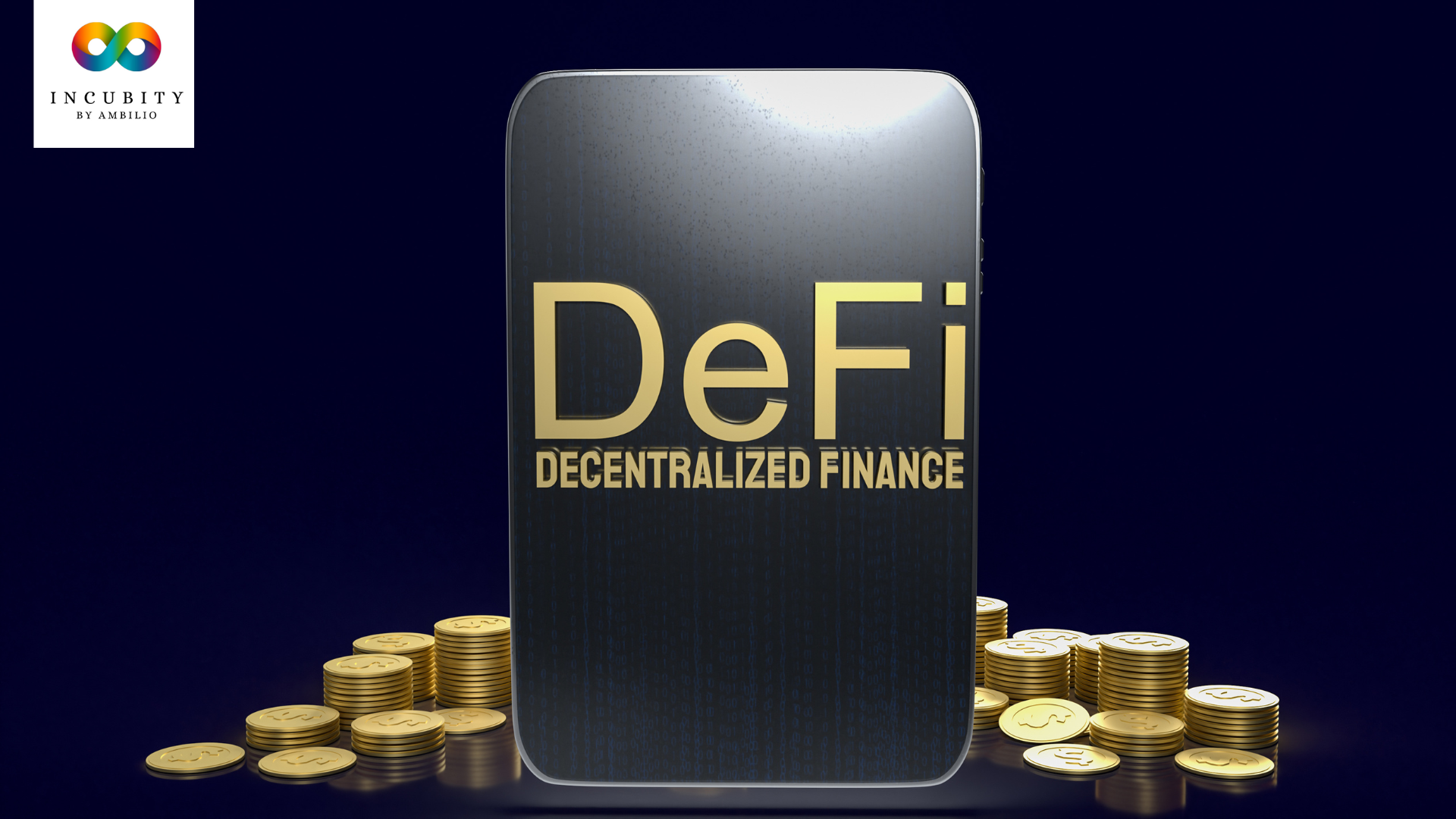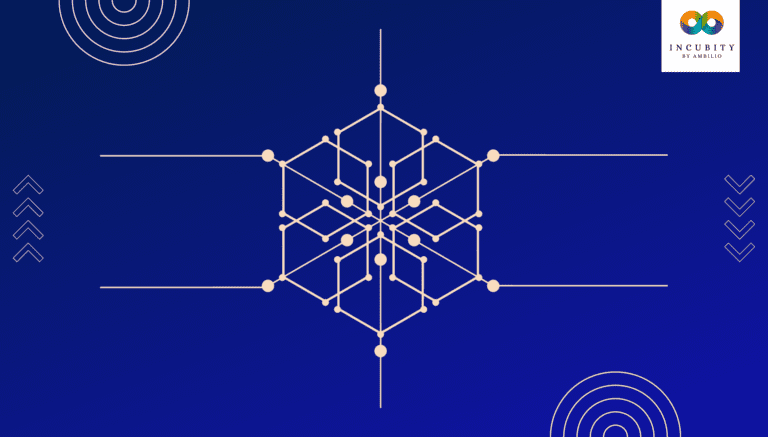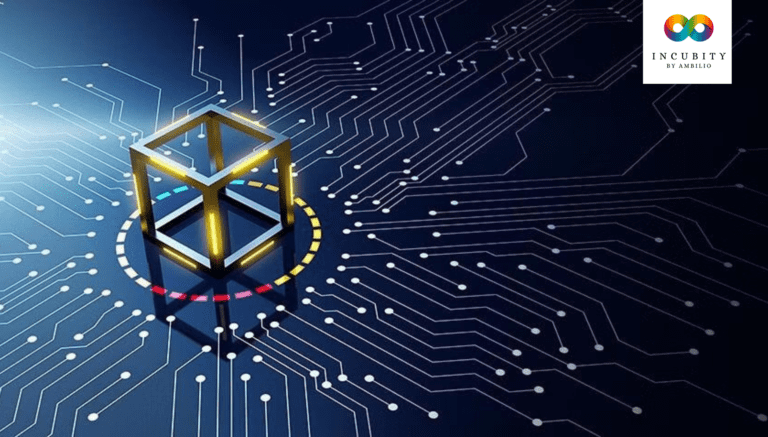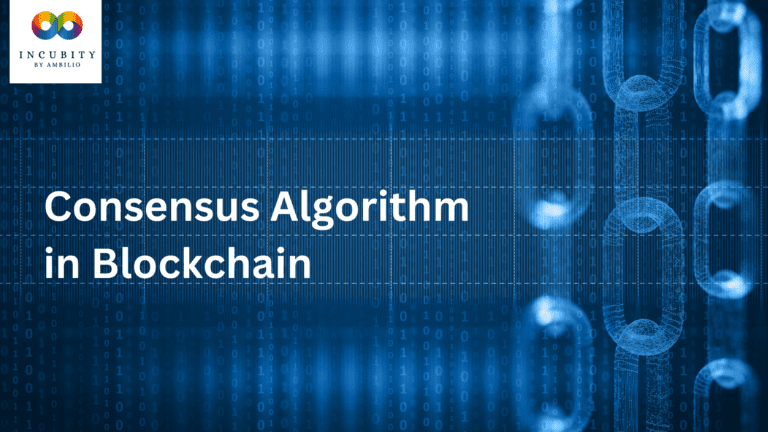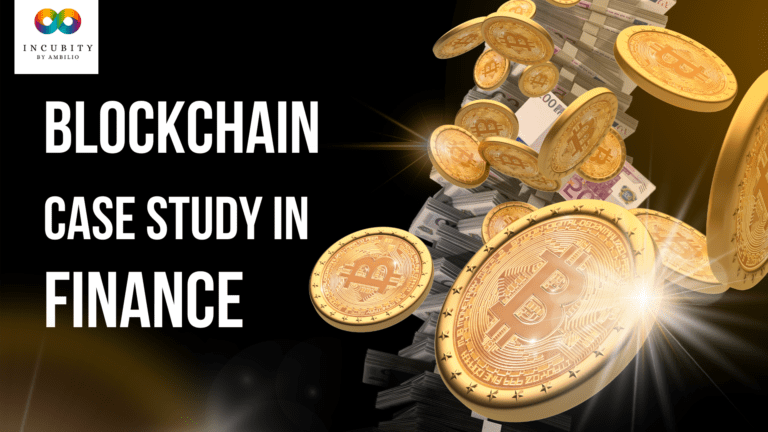Decentralized finance, or DeFi for short, has been gaining a lot of attention in recent years as a revolutionary new way of managing and accessing financial services. Unlike traditional finance, which is centralized and controlled by large financial institutions, DeFi operates on a decentralized platform, using blockchain technology to create a transparent, secure, and accessible financial ecosystem.
In this article, we will provide a comprehensive guide to understanding and getting involved in DeFi. We will explore what DeFi is, talk about its key components and architecture, and the advantages it offers over traditional finance. We will also provide a guide on how to get involved in DeFi, from setting up a digital wallet to investing in DeFi projects. Finally, we will provide real-life examples of DeFi in action. By the end of this article, you will have a solid understanding of DeFi and the opportunities it presents for the future of finance.
What is DeFi?
Decentralized finance is a new financial ecosystem built on blockchain technology. It aims to provide a more transparent, accessible, and decentralized alternative to traditional finance. DeFi is still a relatively new concept, but it has been gaining momentum in recent years, with a growing number of platforms and applications that allow users to access a wide range of financial services, such as lending/borrowing (example: Banks), and trading (example: stock exchanges), without the need for intermediaries or central authorities. In this section, we will discuss the advantages and limitations of DeFi, then compare it to traditional finance.
Advantages and Limitations of DeFi:
- Decentralization: DeFi protocols are decentralized and run on a blockchain, which means they are not controlled by any central authority. This decentralization provides a level of security and resilience that is not possible with traditional finance.
- Transparency: DeFi protocols are built on open-source and transparent code, which allows anyone to review and verify their operations. This increased transparency helps to build trust and confidence in DeFi protocols and services.
- Accessibility: Anyone with internet access can access DeFi services, regardless of their location or financial status. This opens up a world of financial opportunities for people who may have been excluded from traditional finance.
- Lower costs: DeFi protocols are built on smart contracts, which automate many of the processes that are typically performed by intermediaries. This reduces the need for intermediaries and lowers the costs associated with traditional finance.
- Higher returns: DeFi protocols offer a range of financial services, such as lending, borrowing, and trading. These services often offer higher returns than traditional finance, making them an attractive option for investors.
- Interoperability: DeFi protocols are built on blockchain technology, which allows for interoperability between different protocols. This means that users can move assets between different protocols, creating a more seamless and efficient financial ecosystem.
Although it seems like DeFi has great potential, it is still a relatively new concept, and there are some challenges that need to be addressed, such as scalability, interoperability, and security. Additionally, the regulatory environment for DeFi is still evolving, and legal challenges are yet to be fully understood.
Now let’s compare Traditional Finance and Decentralized Finance:
| Traditional Finance | Decentralized Finance |
| Centralized and controlled by large financial institutions such as banks and governments | Operates on a decentralized platform, meaning that it is not controlled by any central authority or institution |
| Transactions are often opaque, with limited access to information for the general public | Transactions are recorded on a public blockchain, making them transparent and accessible to anyone |
| Often has strict requirements for access and can be difficult for certain groups of people to access | DeFi can be accessed by anyone with an internet connection, regardless of their location or financial status |
| Systems are generally secure, however, they have a history of being vulnerable to hacking and fraud | Transactions are secured by blockchain technology, which is considered to be more secure than traditional financial systems |
| Traditional finance relies heavily on intermediaries to facilitate transactions | Transactions can occur without the need for intermediaries, such as banks or stock exchanges |
| It is often limited by the number of market makers | DeFi allows for more liquidity in the market, as anyone can become a market maker and provide liquidity to the market |
DeFi architecture and Concepts
Decentralized finance (DeFi) is built on a variety of technologies and concepts that work together to create a decentralized and transparent financial ecosystem. In this section, we will explore some of the key technologies and concepts that are used to build DeFi systems, and how they work together to provide a decentralized and transparent financial ecosystem.
Blockchain technology: The backbone of DeFi is blockchain technology, which is a decentralized and distributed ledger system. Blockchain technology allows for a transparent and tamper-proof record of all transactions, which is crucial for a decentralized financial ecosystem.
Smart contracts: Smart contracts are self-executing contracts with the terms of the agreement between buyer and seller being directly written into lines of code. They are used to automatically execute and enforce the terms of agreements between parties, which can reduce the need for intermediaries and increase transparency. Smart contracts are used extensively in DeFi, for example in lending and borrowing platforms where they are used to manage the terms of loans.
Decentralized exchanges (DEXs): Decentralized exchanges are decentralized platforms that allow users to trade assets, such as cryptocurrencies, with no need for intermediaries. DEXs use smart contracts to automatically match buyers and sellers and execute trades. This allows for a more transparent and decentralized trading experience compared to centralized exchanges.
Stablecoins: Stablecoins are a type of cryptocurrency that is pegged to the value of another asset, such as the US dollar. They are used in DeFi to provide a stable store of value, which is important for lending and borrowing platforms. This allows users to borrow and lend money without the volatility associated with cryptocurrencies.
Oracle: Oracles are used in DeFi to provide external data to smart contracts. They are necessary to feed real-world information like the price of an asset or the outcome of an event into smart contracts. This allows for decentralized and transparent financial systems that can interact with the real world.
Yield Farming: Yield farming is a process where users provide liquidity to a protocol in exchange for a share of the protocol’s rewards. This allows users to earn a return on their assets by providing liquidity to the protocol. Yield farming has become increasingly popular in DeFi as a way to earn returns on assets that would otherwise be sitting idle.
Liquidity Pools: Liquidity pools are pools of assets that are provided by users in exchange for a share of the pool’s rewards. These pools are used in decentralized exchanges, lending and borrowing platforms, and other DeFi protocols. They provide liquidity to the protocol and allow users to trade and borrow assets in a decentralized and transparent manner.
Blockchain technology provides the backbone for DeFi, while smart contracts, decentralized exchanges, stablecoins, Oracles, yield farming, and liquidity pools are used to provide specific financial services. Together, these technologies and concepts allow for a more transparent, accessible, and decentralized alternative to traditional finance.
How to Get Involved in DeFi
Let’s cover the different steps and options for individuals to start participating in the decentralized finance ecosystem and interacting with it:
- Get a Wallet: To get started with DeFi, you’ll need a wallet that can store and manage your digital assets. The most popular wallets for DeFi are MetaMask, Trust Wallet, and MyEtherWallet. Each of these wallets has its own set of features, such as MetaMask being a browser extension that enables users to access the Ethereum network and interact with smart contracts, Trust Wallet is a mobile wallet that supports a variety of blockchain networks, and MyEtherWallet is a web-based wallet that allows users to store and manage their private keys.
- Buy Cryptocurrency: To start using DeFi, you’ll need to buy some cryptocurrency. The most popular cryptocurrencies used in DeFi are Ethereum and Bitcoin. You can buy these cryptocurrencies on popular exchanges such as Binance, Coinbase, and Kraken. Each of these exchanges has its own set of fees, security measures, and supported cryptocurrencies, it’s important to research and compare the options before deciding on which exchange to use.
- Connect Your Wallet: Once you have a wallet and some cryptocurrency, you’ll need to connect your wallet to a decentralized exchange to start trading. Popular DEXs include Uniswap, Sushiswap, and 1inch. Each of these DEXs has its own unique features and liquidity pools, it’s important to research and compare the options before deciding on which DEX to use.
- Research DeFi projects: Before getting involved in any DeFi projects, it is important to research and understand the project’s aim, the team behind it, and the risks involved. This can be done by reading the project’s whitepaper, checking the project’s social media accounts, and reading reviews from other users.
- Start using DeFi: Once you have connected your wallet and done your research, you can start using DeFi by lending, borrowing, earning interest, trading, and participating in liquidity pools.
However, it is important to note that using DeFi comes with some challenges. One of the main challenges is that DeFi is not yet supported everywhere. While DeFi projects are growing in popularity, not all countries have the infrastructure in place to support them. Additionally, DeFi platforms can be complex and difficult for new users to understand. It is important to research and educate yourself on the various projects and platforms before getting involved.
Real-world Examples of DeFi
Now that we are done discussing DeFi concepts, it is time to cover specific examples of how it is being used in the real world:
One example of DeFi in action is the lending platform Aave. Aave is a decentralized, open-source, and non-custodial protocol for money market creation. It allows users to lend and borrow a variety of cryptocurrencies, such as Ethereum and DAI, without the need for a central intermediary. The platform uses a unique lending model where users can earn interest on their deposited assets while borrowers can access loans at a lower interest rate. Aave has a unique feature called flash loans, which allows users to borrow funds for a short time with no collateral required, and they can be used for arbitrage, liquidity provision, and more.
Another example is the decentralized exchange Uniswap. It is a decentralized exchange built on the Ethereum blockchain. It allows users to trade cryptocurrencies directly with each other, without the need for a centralized exchange. The platform uses a liquidity pool model where users can provide liquidity to the exchange in exchange for a share of the trading fees. This liquidity provision enables Uniswap to have a large variety of tokens and a high trading volume, making it one of the most popular DEXs in the market.
As we are exploring real-life examples of DeFi, it is important to mention “Compound”, the company that is currently using it. Compound is a decentralized lending platform that allows users to lend and borrow a variety of cryptocurrencies, including Ethereum and DAI.
The platform was launched in 2018, and since then, it has seen tremendous growth in terms of its user base and the amount of assets locked in the platform. According to data from DeFi Pulse, as of May 2021, Compound has over $3 billion in assets locked in the platform.
One of the key features of Compound is its use of smart contracts to automate the lending and borrowing process. This eliminates the need for intermediaries, such as banks, and allows for a faster, more efficient, and transparent lending process. Additionally, Compound has implemented a unique system of cTokens, which are tokens that represent a user’s underlying assets on the platform. These cTokens can then be used for various purposes, such as collateral for loans or as a means of earning interest on deposited assets.
Compound played a major role in driving the growth of the DeFi ecosystem. In 2019, the company announced the launch of the Compound Finance Developer Grant Program, which provides funding to developers working on projects related to the Compound protocol. This program has helped to spur innovation and development within the DeFi space.
Compound has been at the forefront of the yield farming craze that has taken over the DeFi space in recent months. The company introduced a liquidity mining program in June 2020, which allows users to earn COMP, the platform’s governance token, by providing liquidity to the platform. This program has attracted a large number of users and has helped to increase the adoption of the platform.
Overall, Compound has had a significant impact on the DeFi space, driving innovation and growth within the ecosystem. As the DeFi space continues to evolve, we can expect to see more companies following Compound’s footsteps and using blockchain technology to revolutionize traditional financial services.
Final Words
In conclusion, DeFi offers a new way of conducting financial transactions, such as lending and borrowing, using smart contracts on the blockchain. This eliminates the need for intermediaries, such as banks, and allows for a more efficient and transparent process.
DeFi also offers a new way of earning passive income through yield farming and liquidity pools. This is a big advantage for investors who don’t want to rely on traditional methods of earning interest on their assets. Additionally, DeFi provides financial services to people who are unbanked or underbanked, which is a huge advantage for individuals who don’t have access to traditional banking services.
In this article, we explored what DeFi is, discussed its concepts and the benefits of using it, and mentioned some of its current applications.
Finally, we can say that DeFi has the potential to change the way we think about and use financial services, and it’s a space that is worth keeping an eye on. As the DeFi space continues to grow and evolve, we can expect to see more companies and projects entering the space and using blockchain technology to revolutionize traditional financial services.

